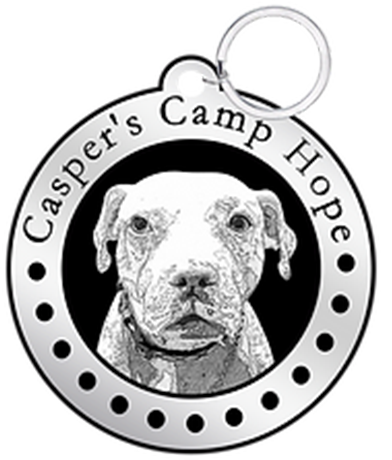When it comes to raising a well-balanced, happy, and obedient dog, few things are as powerful as the trio of routines, structure, and consistency. At Casper’s Camp Hope, we specialize in transforming even the most challenging canine behaviors, and we see every day how these principles lay the foundation for real, lasting change. But why are they so crucial, and how can dog owners put them into practice at home?
Why Do Dogs Need Routines?
Dogs are creatures of habit. Their well-being depends on knowing what to expect from their environment and the people around them. A daily routine provides structure and predictability, which is especially important for dogs dealing with anxiety, reactivity, or behavioral challenges.
Benefits of a consistent routine:
- Reduces anxiety: Predictable schedules help dogs feel secure.
- Improves behavior: Regular routines help prevent unwanted behaviors like barking or chewing.
- Enhances learning: Dogs learn faster when activities such as feeding, walks, and training happen at set times.
Structure: Setting Boundaries and Expectations
Structure means having clear rules and boundaries. Just like in a family, dogs thrive when they know what’s expected of them. This includes:
- Designated feeding times and locations
- Specific areas for rest, play, and elimination
- Consistent rules for furniture, doorways, and greetings
It’s essential that these rules are consistent. If one day your dog is allowed on the couch and the next day they’re not, it sends mixed signals and can create confusion or anxiety. Everyone in the household should be on the same page—consistency is key.
The Role of Tools and Commands in Routines
Using training tools and key commands as part of your routine can make all the difference in building structure and reinforcing boundaries. At Casper’s Camp Hope, we use tools like slip leashes, long leads, kennels, and positive reinforcement to support training and behavioral goals.
The kennel and the dog’s bed are excellent tools for teaching calmness and preventing mistakes:
- Kennel (crate): Provides a safe, quiet place for your dog to relax or decompress. Use the kennel for scheduled rest times, overnight sleep, and when you’re away. This helps your dog understand when it’s time to settle down and prevents them from making mistakes around the house.
- Dog’s bed & the “place” command: Teaching your dog the “place” command—having them go to their bed or mat and stay there—encourages periods of relaxation and calmness throughout the day. This is especially useful for dogs who struggle to settle or are easily overstimulated. Regularly practicing the “place” command gives your dog a clear job: stay on their bed, chill out, and enjoy some downtime.
By including the kennel and the “place” command in your daily routine, you help your dog learn how to self-regulate, remain calm, and avoid unwanted behaviors.
Consistency: The Key to Lasting Change
Consistency ties everything together. Whether you’re teaching basic obedience or addressing serious behavioral issues, your dog needs to see the same response from you every time. Inconsistent reactions can confuse your dog and slow progress.
Tips for maintaining consistency:
- Use the same commands and cues for behaviors.
- Reward positive behaviors promptly and in the same way.
- Address unwanted behaviors calmly and consistently.
- Use training tools (like the kennel and bed) and commands (like “place”) the same way, every day.
Real-Life Example: How Consistency Changes Lives
At Casper’s Camp Hope, we’ve helped countless dogs with severe reactivity or aggression. One of the first steps in their rehabilitation is establishing a predictable daily schedule, clear boundaries, and consistent use of training tools like the kennel and the “place” command. Within days, most dogs begin to relax and show improvement simply because they understand what’s expected.
How to Get Started at Home
1. Create a daily schedule: Plan regular times for meals, walks, play, training, kennel time, and “place” time.
2. Set clear, consistent rules: Decide what your dog is allowed and not allowed to do, and make sure everyone sticks to it.
3. Use tools and commands purposefully: Make the kennel, dog’s bed, and the “place” command part of your daily routine.
4. Be patient and persistent: Change takes time, but with consistency, your dog will thrive.
When to Seek Professional Help
If you’re struggling with severe behavioral issues or your dog isn’t responding to routines and structure, don’t hesitate to reach out. Our team at Casper’s Camp Hope specializes in canine behavior rehabilitation and can design a personalized program for your dog’s unique needs.
Helping the Underdog Thrive!
Consistency, structure, and routine—backed by the right tools and commands—are the foundation of a happy, healthy, and well-behaved dog. If you have questions or need support, contact us at 352-222-2432 or contact us to schedule your free phone consultation.




